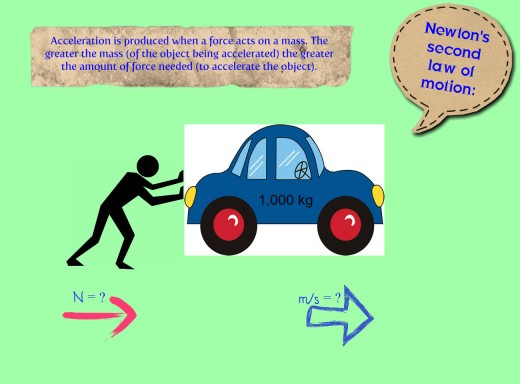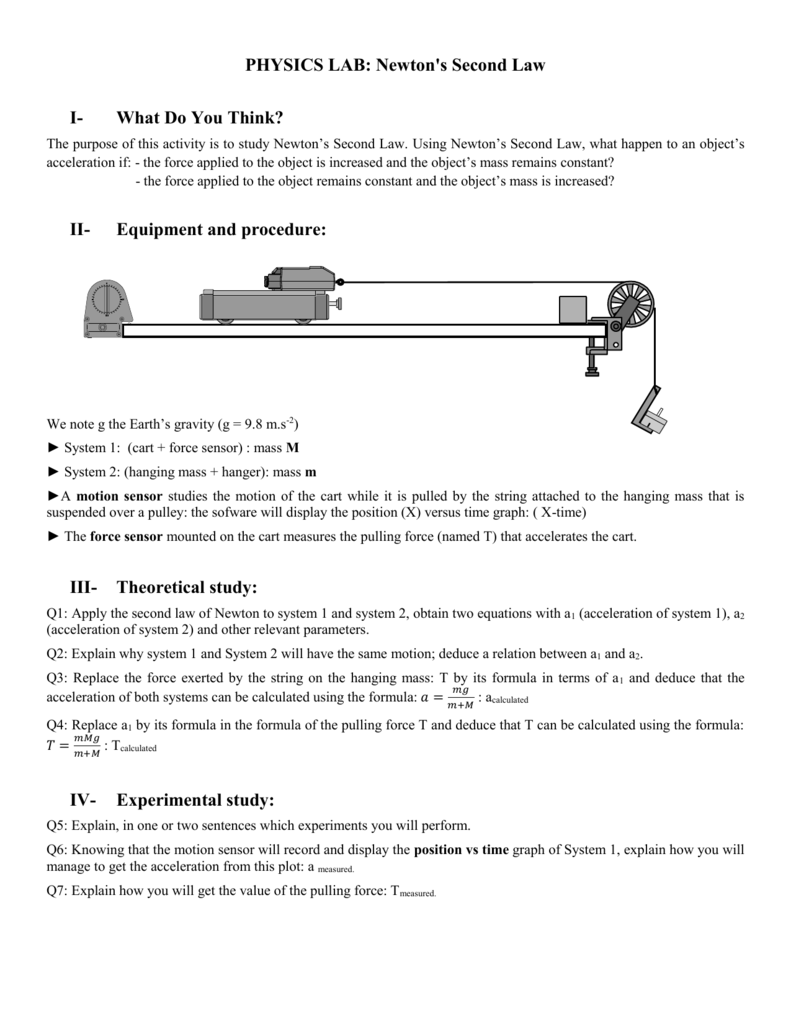

On the moon, for example, the acceleration due to gravity is only 1.67 m/s 2. Weight varies dramatically away from Earth’s surface. Gravity varies slightly over the surface of Earth, so the weight of an object depends very slightly on its location on Earth. On the surface of Earth, when objects fall downward toward Earth, they are never truly in freefall because there is always some upward force due to air resistance that acts on the object (and there is also the buoyancy force of air, which is similar to the buoyancy force in water that keeps boats afloat). In this case, the only force acting on the object is the force of gravity. When the net external force on an object is its weight, we say that it is in freefall. When the downward direction is taken to be negative, as is often the case, acceleration due to gravity becomes –g = −9.8 m/s 2 and the weight force is –mg. Be sure to take this into consideration when solving problems with weight. Recall that although gravity acts downward, it can be assigned a positive or negative value, depending on what the positive direction is in your chosen coordinate system. Substituting these two expressions into Newton’s second law givesĪlthough most of the world uses newtons as the unit of force, in the United States the most familiar unit of force is the pound (lb), where 1 N = 0.225 lb. We know that the acceleration of an object due to gravity is g, so we have a = g. Because the only force acting on the object is the gravitational force, we have F net = W.

Newton’s second law states that F net = m a. It experiences only the force of gravity (i.e., the gravitational force or weight), which is represented by W. By using Newton’s second law, we can figure out the equation for weight.Ĭonsider an object with mass m falling toward Earth. Down is defined as the direction in which gravity pulls, so weight is normally considered a downward force. Weight can be represented by a vector because it has a direction. If air resistance is negligible, the net external force on a falling object is only the gravitational force (i.e., the weight of the object). Newton’s second law states that the net external force acting on an object is responsible for the acceleration of the object. When an object is dropped, it accelerates toward the center of Earth. When people talk about gravity, they don’t always realize that it is an acceleration. One of the most important applications of Newton’s second law is to calculate weight (also known as the gravitational force), which is usually represented mathematically as W. Now, let’s rearrange Newton’s second law to solve for acceleration. Likewise, for two objects of the same mass, applying a greater force to one would accelerate it to a greater velocity. To accelerate two objects from rest to the same velocity, you would expect more force to be required to accelerate the more massive object. Acceleration can also refer to a change in the direction of motion with no change in speed, because acceleration is the change in velocity divided by the time it takes for that change to occur, and velocity is defined by speed and direction.įrom the equation F net = m a, F net = m a, we see that force is directly proportional to both mass and acceleration, which makes sense.

Note that acceleration can refer to slowing down or to speeding up.

Newton’s first law says that only a nonzero net external force can cause a change in motion, so a net external force must cause an acceleration. A change in velocity means, by definition, that an acceleration has occurred. Note that F net and ∑ F are the same because the net external force is the sum of all the external forces acting on the system.įirst, what do we mean by a change in motion? A change in motion is simply a change in velocity: the speed of an object can become slower or faster, the direction in which the object is moving can change, or both of these variables may change. Where F net (or ∑ F) is the net external force, m is the mass of the system, and a is the acceleration.


 0 kommentar(er)
0 kommentar(er)
